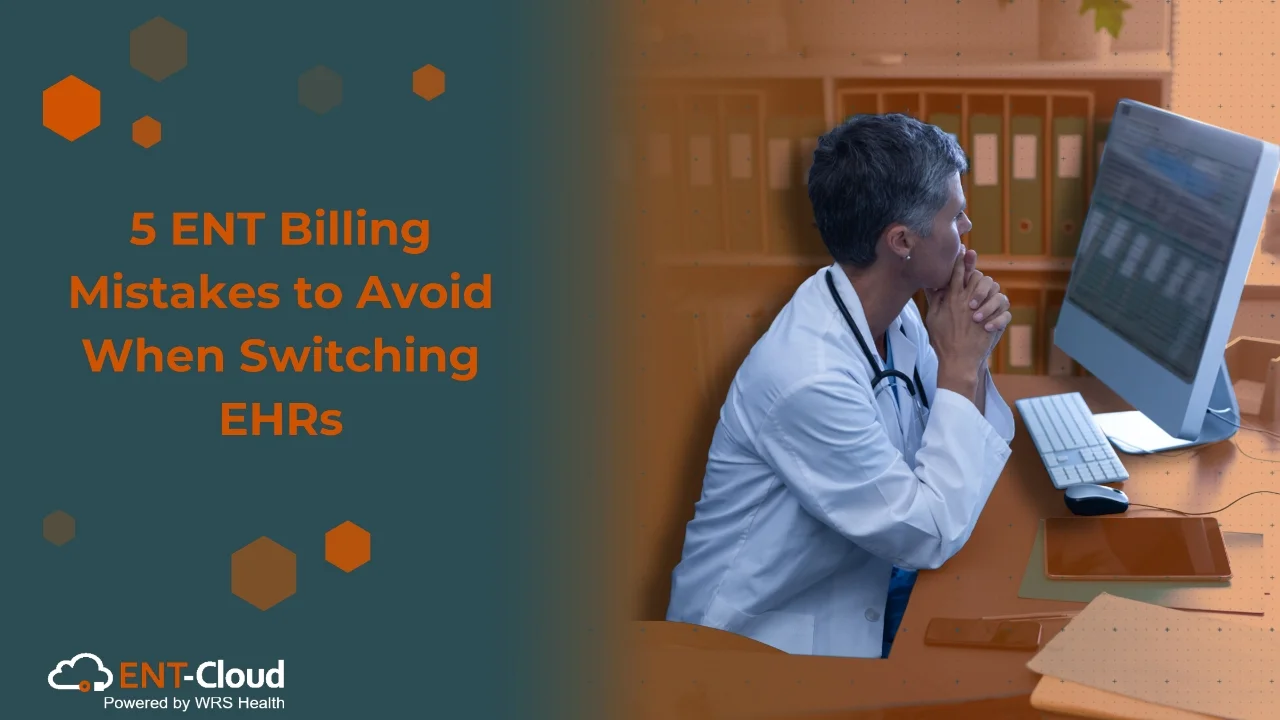You’ve heard MIPS is coming. But for otolaryngologists, MIPS has been a mystery in the ever-evolving effort at healthcare reform.
What exactly is MIPS? What is MIPS vs MACRA in the jungle of government acronyms?
- MACRA (Medicare Access and CHIP Reauthorization Act of 2015) is the biggest change in how Medicare clinicians will be paid.
- MIPS stands for “Merit-Based Incentive Payment System” – and yes, financial incentives are at the heart of MIPS.
MIPS = Better Patient Care = Financial Incentives
MIPS puts “pedal to the metal” for healthcare reform, giving clinicians financial incentives to improve patient care. MIPS also brings a sense of value to all aspects of patient care, emphasizing smart spending and better use of EHR technology.
The nuts and bolts:
- We’ll see three reform programs become absorbed in MIPS — namely Meaningful Use (MU), Physician Quality Reporting System (PQRS) and Value-Based Modifier (VBM).
- MIPS changes how Medicare reimburses physicians. MIPS links fee-for-service payments with quality of patient care and value – instead of quantity.
- With MIPS, the emphasis moves toward excellence in patient care, supported by better-connected technology.
ENT specialists will appreciate the renewed focus on patient care. It’s all about being more available to patients when they need you. It’s also about keeping patients healthy by taking every step to improve their care.
Who is affected (or not) by MIPS
MIPS applies to Medicare Part B clinicians, including ENT physicians, physician assistants, nurse practitioners, clinical nurse specialist, and certified registered nurse anesthetists.
MIPS isn’t for everyone. Medicare Part B clinicians may be exempt from the payment adjustment under MIPS if they are:
- First-year Medicare participants.
- Ineligible alternative payment models who qualify for the bonus payment.
- Below low-volume threshold.
The eligibility net for MIPS will expand over the first several years, and will eventually include physician assistants, clinical nurse specialists, and certified registered nurse anesthetists, physical and occupational therapists, speech-language pathologists, audiologists, nurse midwives, clinical social workers, clinical psychologists, and dietitians/nutritional professionals.
Stay tuned for more details on MIPS, along with a game plan to help ENT practices survive the changes.








